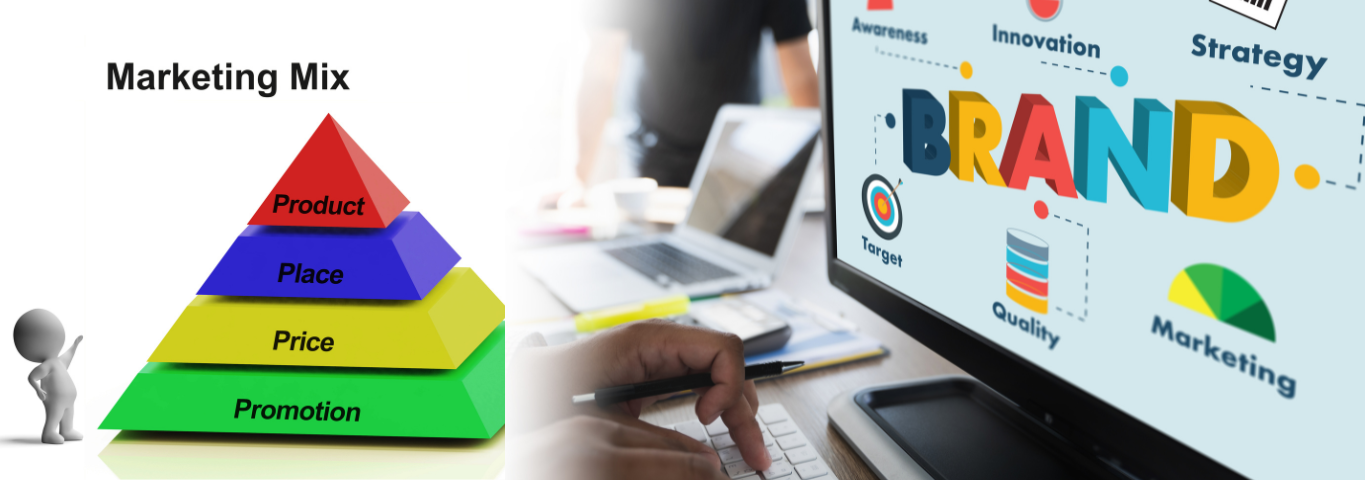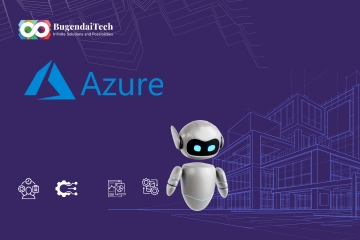Transitioning from a service-based business to product-based business approach is a monumental step that requires strategic planning and careful execution. While offering services builds strong customer relationships and a steady revenue stream, products have the potential to provide scalability and new market opportunities.
However, this transformation is not a simple shift; it involves redefining your business strategy, operations, and even your team skill set. This blog will explore essential strategies for successfully leaping services to products.
-
Understanding Your Customer Base
Before you make the transition, it is crucial to understand your existing customer base thoroughly. Your products success hinges on addressing your customers core pain points, needs, and preferences. Conducting comprehensive market research and gathering direct customer feedback will give you valuable insights into how your product can meet or exceed customer expectations.
Ask yourself: What specific problems do your customers face that your services have helped solve? How can a product enhance their experience or provide a more convenient, scalable solution? By examining these questions, you can identify the products that would resonate with your current market.
Furthermore, segment your customer base to determine which groups will most likely adopt your product and tailor your development strategy accordingly.
-
Developing a Unique Value Proposition
Your product needs a clear and compelling value proposition to stand out in the market. Unlike services, where your teams expertise and experience can serve as differentiators, products must offer a tangible solution to a specific problem. Your value proposition should articulate how your product uniquely addresses a need or challenge your target customers face.
Spend time analyzing existing solutions in the market and pinpointing gaps that your product can fill. What sets your product apart from others? Is it the ease of use, pricing, or specific features tailored to niche customer needs?
By crafting a strong value proposition, you give potential customers an apparent reason to choose your product over competitors. This step lays the foundation for your marketing and sales strategies, ensuring that your messaging aligns with customer expectations.
-
Building the Right Team and Skills
Scaling from services to products often requires a different skill set and mindset. While service-based businesses typically rely on expertise and personalized interactions, product development demands skills in areas like software engineering, manufacturing, product management, marketing, and sales. Assess your current teams skills and identify gaps that could hinder your product journey.
You may need to hire new talent with product development strategy for service companies expertise or train your existing staff to adopt a product-focused mindset. Additionally, building a product culture within the organization is crucial. This culture encourages innovation, embraces agile methodologies, and fosters a customer-centric approach to product development.
Cultivating an environment where teams collaborate effectively across departments—engineering, marketing, sales, and customer support—is key to developing and launching successful products.
-
Strategic Marketing and Sales Approach
Promoting a product requires a distinctly different strategy than marketing services. When marketing services, the focus is often on building trust and highlighting expertise. In contrast, product marketing involves communicating tangible benefits, showcasing features, and establishing a strong brand presence.
Develop a comprehensive marketing strategy tailored to your target market. This may involve creating engaging product-focused content, such as how-to guides, demo videos, webinars, and case studies highlighting the products benefits. Consider leveraging multiple channels, including social media, email campaigns, and pay-per-click advertising, to reach potential customers.
Additionally, it is essential to establish clear sales channels. Depending on your product type, you might need a dedicated sales team, e-commerce platform, or partnership network to distribute your product effectively.
-
Embracing Operational Changes
Transitioning to a product-based model has a ripple effect on various operational aspects of your business. Unlike services, which can often be delivered directly, products require processes like inventory management, quality control, shipping, and customer support.
Assess your current operational capabilities and identify areas that need upgrading to support product development, production, and distribution.
Investing in technology, such as inventory management systems, CRM tools, and customer support software, can help streamline these processes. For physical products, consider your production capacity and fulfillment strategy. Will you manufacture in-house or outsource production? How will you handle returns and customer support post-purchase?
Answering these questions will help you design a seamless operation that delivers your product effectively and maintains high customer satisfaction.
-
Testing and Iterating
One of the most critical aspects of product development is testing and iterating. Once your product is developed, launch a beta testing phase to gather user feedback and assess how the product performs in real-world scenarios. Beta testers can provide insights into usability, functionality, and areas for improvement.
Use this feedback to make necessary adjustments to your product before the full-scale launch. The iteration process should not end at the launch; continuous product improvement based on customer input and market trends is key to long-term success.
Maintaining an iterative mindset ensures that your product evolves to meet changing customer needs and stays competitive in the market.
-
Planning for the Long-Term
Successfully transitioning from services to products development requires more than just an initial launch. It involves an ongoing commitment to product improvement, customer engagement, and market analysis. Establish a long-term vision for your product, outlining milestones for updates, new features, and potential expansions into new markets.
Evaluate your products performance regularly, gather feedback, and analyze market trends to inform your product roadmap. This proactive approach ensures that your product remains relevant, valuable, and competitive over time.
Conclusion: A Strategic Approach to Scaling
Transitioning from a service-based business to a product-focused model is a journey that involves shifts in mindset, skill sets, and operations. However, with the proper planning and strategic execution, businesses can unlock new revenue streams and scale in ways that services alone cannot.
By understanding your customer base, developing a unique value proposition, building the right team, and adopting a strategic marketing and operational approach, you can successfully navigate the challenges in shifting from services to products. Remember, this process is not a one-size-fits-all; it requires continuous learning, testing, and iteration to refine your product offering and meet market demands.
Are you considering shifting from service offerings to products, or have you already transitioned? Share your thoughts and experiences in the comments below!






Comments